Magnapinna atlantica
Michael Vecchione and Richard E. YoungIntroduction
Magnapinna atlantica (formerly known as Magnapinna sp. A on this page) was originally described from two specimens taken from the North Atlantic. The holotype (US National Museum of Natural History cat. no. USNM 1086800) is a juvenile female, 59 mm ML, and was captured intact with damage only to the tips of the appendages. The paratype (Natural History Museum, London, cat. no. BMNH 20060134) is a juvenile male, 53 mm ML and was captured in relatively good condition. Recently subadult and adult males were captured and these are described here.
Brief diagnosis:
A magnapinnid with:
- tentacle bases narrower than adjacent arm bases.
- proximal tentacle without suckers but with glandular structures.
- chromatophores.
Characteristics
- Arms
- Arms short, thick, weakly muscled and decreasing abruptly in diameter distally to form sucker-bearing filaments (mostly lost due to damage)
- Proximal-arms with suckers in two series (except at tips in some proximal-arms), ocasionally appearing slightly irregular.
- Tentacles
- Proximal-tentacles more slender than arms IV.
- Proximal- tentacles short, thin and without suckers; distal-tentacles (filaments) very narrow and bearing small suckers mostly around 0.08 mm in diameter.
- Distal third of proximal-tentacle with large, apparently glandular, lobes.
- Head
- Beaks: Descriptions can be found here in 2D.
- Beaks: Descriptions can be found here in 3D: Lower beak; upper beak.
- Fins and tail
- Fins extremely large, about 90% of the mantle length.
- Fins appear not to have been drawn-out into V-shaped point.
- Tail presently a bare gladius with tip missing; extends at least 4 mm beyond fins.
- Pigmentation
- Head, mantle, funnel, collars and fins with numerous scattered chromatophores.
Figure. Left - Oral view of the brachial crown of M. atlantica, holotype. Right - Oral view of the left proximal tentacle and arm IV of M. atlantica, holotype, showing their relative thicknesses and the glandular regions of the proximal tentacle (yellowish tint). The distal tentacle and arm are missing. Note the broad lateral membrane on arm IV. Photographs by R. Young.
Figure. Dorsal view of the posterior half of the fins of M. atlantica showing fin shape and the short gladius extending beyond the fins.
Figure. Dorsal view of a portion of the fins of M. atlantica, holotype, showing large chromatophores.
Comments
This description is based on the holotype. More details of the holotype's description can be found here. The paratype is a smaller specimen (53 mm ML) and in less perfect condition. Information on the paratype can be found here.
M. atlantica is very different from M. pacifica. (1) M. pacifica has much broader proximal- tentacles than proximal-arms while M. atlantica has much narrower proximal-tentacles than proximal-arms. (2) M. pacifica has proximal-tentacles that are covered with numerous suckers while M. atlantica has proximal-tentacles that carry only a few or no suckers. (3) M. pacifica has proximal-arm suckers in three or four series distally while M. atlantica has proximal-arm suckers in two series. (4) M. pacifica, unlike M. atlantica, lacks glandular regions on their proximal-tentacles.
M. atlantica is similar to M. talismani and Magnapinna sp. C. The latter is poorly known and there is still some uncertainties concerning the identity of M. talismani. The mantle length (61 mm) and fin length (54 mm) of M. talismani holotype are nearly identical with those of M. atlantica (59 mm, 53 mm) but the diameter of the buccal mass, the size of the arm suckers and the thickness of the arm basis all suggest that M. talismani either had very different body proportions or, more likely, that it is actually a much larger individual (see photograph below). At present, the only clear difference that separates M. atlantica from M. talismani and Magnapinna sp. C is the presence of glandular regions on the proximal-tentacles. While the tentacles of the holotype of M. talismani where badly damaged, one recently described specimen assigned to M. talismani (see the M. talismani page on the ToL) has proximal tentacles in in fairly good condition and they show no trace of glandular regions. The absence could be size related but this seems unlikely.
Distribution
Type locality. Gulf of Mexico, North Atlantic at 27°09’N, 86°07’W on 16 Sept., 1995. It was captured intact with damage only to the tips of the appendages.
The paratype was captured over the mid-Atlantic Ridge near the Azores at 37°14'N. 32°18'W on June 21, 1997. The subadult male was taken by the R/S ALVIN from the N.W. Gulf of Mexico (26°10'51"N, 94°37'22"W) at a depth of 2739 m. The adult male was taken by theR/V R.S. CARNEY from the N.W. Gulf of Mexico (26°05'00"N, 94°36'30"W) in a beam trawl that fished at a depth of 2928-2849 m in May of 2006.
References
Fischer, H. and L. Joubin. 1907. Expéditions scientifiques du TRAVAILLEUR et du TALISMAN. Céphalopodes, 8: 313-353.
Hardy, A. 1956. The Open Sea. Fisher, J., J. Gilmour, J. Huxley, M. Davies, and E. Hosking, Eds., Collins, London, 1956.
M. Vecchione, R.E. Young, A. Guerra, D.J. Lindsay, D.A. Clague, J.M. Bernhard, W.W. Sager, A.F. Gonzalez, F.J. Rocha, and M. Segonzac. 2001. Worldwide observations of remarkable deep-sea squids. Science, 294: 2505-2506.
Vecchione, M. and R. E. Young. 2006. The squid family Magnapinnidae (Mollusca; Cephalopoda) in the North Atlantic with a description of Magnapinna atlantica, n. sp. Proc. Biol. Soc. Wash. 119 (3): 365-372.
Title Illustrations

| Scientific Name | Magnapinna atlantica |
|---|---|
| Location | Gulf of Mexico, 27°45'N, 88°31'W, at 1940 m depth |
| Reference | Vecchione, M. and R. E. Young. 2006. The squid family Magnapinnidae (Mollusca; Cephalopoda) in the North Atlantic with a description of Magnapinna atlantica, n. sp.. Proc. Biol. Soc. Wash. 119 (3): 365-372. |
| Specimen Condition | Preserved |
| Sex | Female |
| View | Ventral/dorsal |
| Size | 59 mm ML |
| Type | Holotype |
| Image Use |
 This media file is licensed under the Creative Commons Attribution-NonCommercial License - Version 3.0. This media file is licensed under the Creative Commons Attribution-NonCommercial License - Version 3.0.
|
| Copyright |
©

|
About This Page

National Museum of Natural History, Washington, D. C. , USA

University of Hawaii, Honolulu, HI, USA
Correspondence regarding this page should be directed to Michael Vecchione at and Richard E. Young at
Page copyright © 2016 and
 Page: Tree of Life
Magnapinna atlantica .
Authored by
Michael Vecchione and Richard E. Young.
The TEXT of this page is licensed under the
Creative Commons Attribution-NonCommercial License - Version 3.0. Note that images and other media
featured on this page are each governed by their own license, and they may or may not be available
for reuse. Click on an image or a media link to access the media data window, which provides the
relevant licensing information. For the general terms and conditions of ToL material reuse and
redistribution, please see the Tree of Life Copyright
Policies.
Page: Tree of Life
Magnapinna atlantica .
Authored by
Michael Vecchione and Richard E. Young.
The TEXT of this page is licensed under the
Creative Commons Attribution-NonCommercial License - Version 3.0. Note that images and other media
featured on this page are each governed by their own license, and they may or may not be available
for reuse. Click on an image or a media link to access the media data window, which provides the
relevant licensing information. For the general terms and conditions of ToL material reuse and
redistribution, please see the Tree of Life Copyright
Policies.
- First online 16 August 2005
- Content changed 08 February 2007
Citing this page:
Vecchione, Michael and Richard E. Young. 2007. Magnapinna atlantica . Version 08 February 2007 (under construction). http://tolweb.org/Magnapinna_atlantica/52204/2007.02.08 in The Tree of Life Web Project, http://tolweb.org/




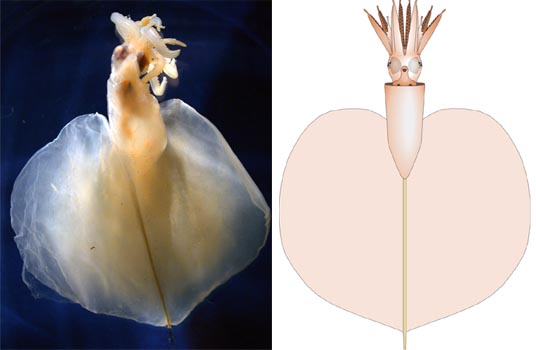
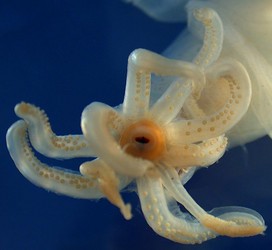
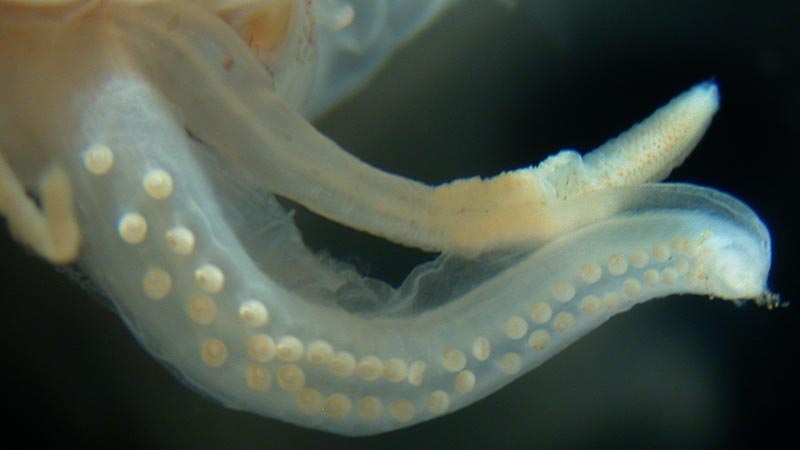
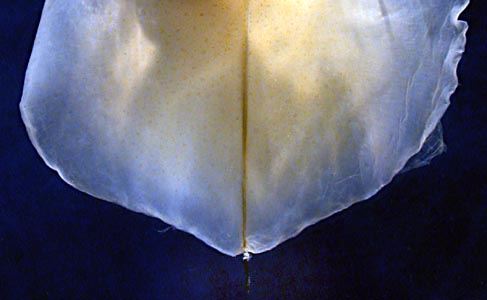
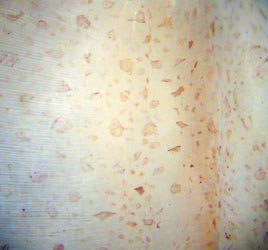
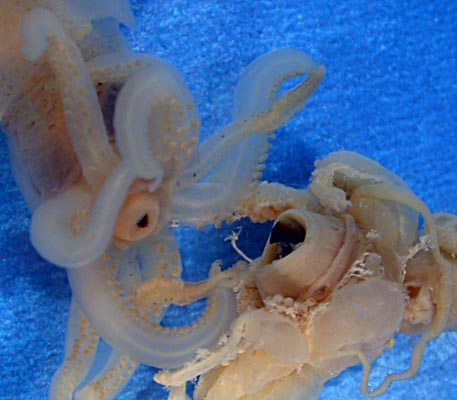
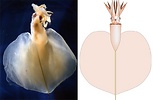


 Go to quick links
Go to quick search
Go to navigation for this section of the ToL site
Go to detailed links for the ToL site
Go to quick links
Go to quick search
Go to navigation for this section of the ToL site
Go to detailed links for the ToL site